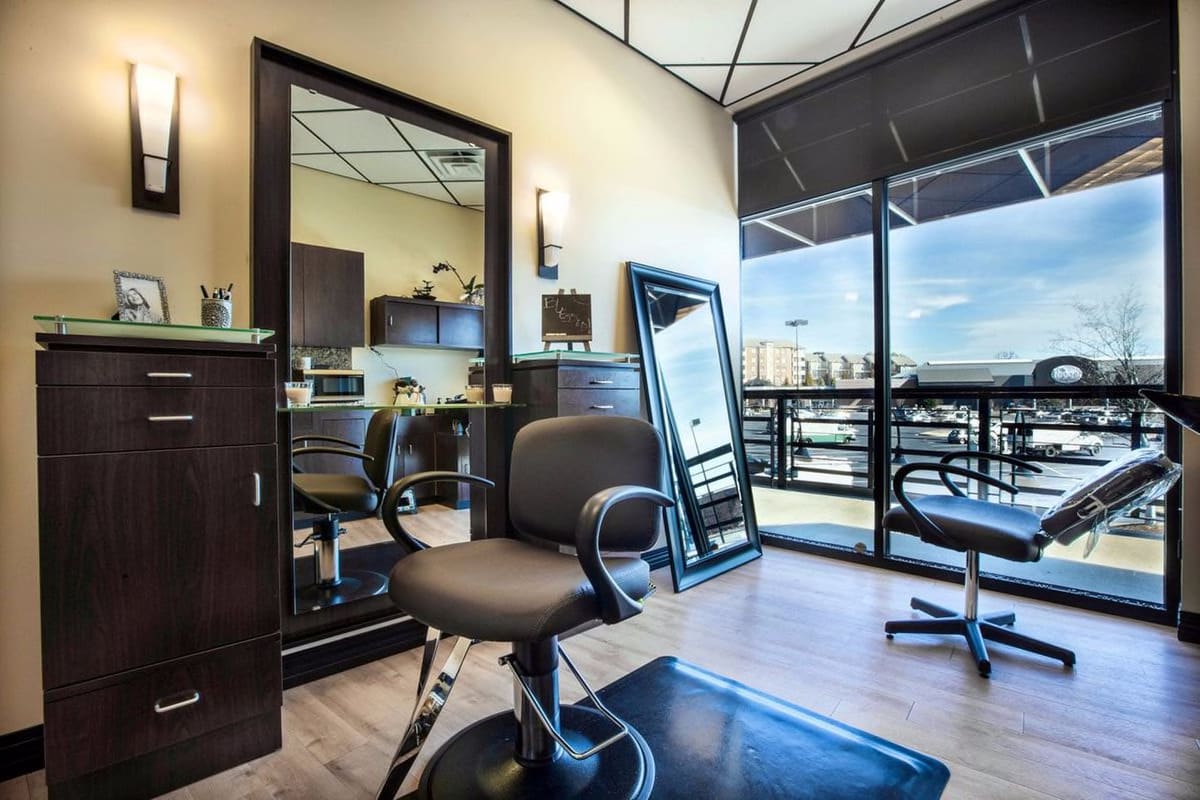When a customer wants their haircut, do they want any Supercuts hair stylist or do they want Jane from Supercuts?
When a customer does their taxes, do they want any tax specialist at H&R Block or do they want John from H&R Block?
When a customer does yoga, do they want any teacher at YogaWorks or do they prefer Jill at Yogaworks?
What do Jane, John & Jill all have in common? They are employees delivering a service to customers under a brand. They all rely on their brands to bring in new business. They all require space and tools to perform their work.
Those were all the reasons a professional would join a firm to provide their service. Now more than ever though, the shift has accelerated to giving those creators or service providers the tools they need to replace the big brand from the equation. Customers after all are getting smarter and they want the service delivered to them in a bespoke manner, with a trusted individual and in a personalized way - and they have the resources to find the individual provider.
We are seeing this disrupt the restaurant industry with how a ‘foodtrepreneur’ can rent a space in a ghost kitchen for his/her burger joint and start selling to customers direct through the food delivery companies like Uber Eats, Doordash, and Favor. Because real estate and staff is often one of the largest overhead costs for running a restaurant business, a ‘foodtrepreneur’ can move into a ghost kitchen like Nimbus or KitchenUnited and share space as well as staffing needs.
We are seeing this with salon suites and how Jane can spin up her own hair styling business and own her customer base direct. Jane can utilized the shared salon suite model, book it as needed, use the shared staffing resources and technology tools like Fresha for marketing, scheduling and accounting. Just like that, Jane runs her own business.
We are seeing this in professional services with how John can rent a space at a WeWork or an Industrious, utilize discounted tools from the shared resource bank and run his own accounting business and shed the big brand reliance.
We are now seeing this with Jill in the fitness space.
I was talking to a four-walled entrepreneur the other day who had the realization that the fitness and wellness industry is going through a seismic shift. Exercise nuts love their trainers and wellness wokes (I mean that endearingly) seek out their shamans and will follow them wherever they go. While certain brands feel inelastic like Barry’s bootcamp or F45, there is a sizable market of instructors and leaders who are incredibly motivating and inspiring to their audience that could stand on their own feet with the right support and tools. Coming to this realization, Michael opened up a fitness & wellness studio called Maverick, spliced up the space, layered on technology tools for instructors to utilize for booking & marketing and offers the space to instructors like Jill who want to run their own classes and business by the hour. As for Michael, four wall profitability is achievable in the months with harmonic scheduling, a good flow of new instructors/creators while finding new tools to offer to his client base of ‘fitnesspreneurs’ as slight upsells. The model works in highly fitness conscious locations like LA, NYC or ATX.
Swap John, Jill or Jane with the millions of professionals that are working as employees in the service economy and you have a strong pool of potential demand for the space & tools as a service bundle. As Packy McCormick explained in his piece, software and new business models have empowered the individual more than ever. With the advent of vertical software tools that service the individual provider as well as the four-walled entrepreneurs that are reimagining classic real estate models, a creator or individual can more easily run their own business while shedding many of the overhead drags that come with opening up a large operation or working for someone elses’.




Thank you for the shout out, Eric! Great piece.